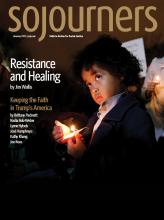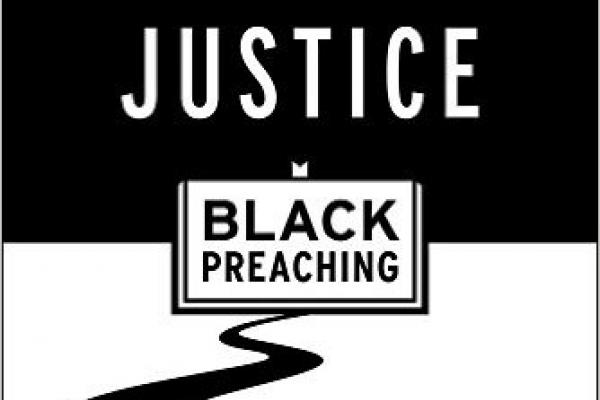MARTIN LUTHER KING JR. did not initiate black prophetic preaching; he was, rather, initiated into it. Rev. Kenyatta Gilbert’s A Pursued Justice: Black Preaching from the Great Migration to Civil Rights is a theological origin story about the distinctive rhetorical tradition that is black prophetic preaching.
The text begins by naming the social crisis of the Great Migration—shorthand for a massive demographic shift of 1.5 million African Americans from the South to the North between 1916 to 1940—as an essential context for understanding black prophetic preaching. This tradition of Christian proclamation—which Gilbert calls “exodus preaching”—is framed in the context of black pastors seeking to respond theologically to the pressures of injustice, prejudice, and segregation that black migrant workers navigated in Northern urban communities in the inter-war period. Of special note, Gilbert surfaces the social gospel tradition of African-American clerics who, unlike white social gospel leaders Walter Rauschenbusch, Josiah Strong, Washington Gladden, and others, demonstrated a desire to not only build institutional churches that confronted industrial evils but also to address systemic issues of lynching, police brutality, and so on.
While the entire book makes an important contribution to the study and practice of preaching, the third chapter, in particular, sparkles with insight. Within it, Gilbert marshals a solid cast of intellectuals—including Paulo Freire and Zora Neale Hurston—to land on a four-part definition of prophetic preaching. He contends that prophetic preaching unmasks systemic evil, remains hopeful in difficult situations, aids listeners in naming their own reality, and displays a will to adorn. The criterion of adornment—with patient attention to aesthetic categories of beauty, vision, and desire—is some of the most creative theological writing, in any genre, that you are likely to read. On a practical level, the definition provides a yardstick against which working preachers and homiletics faculty can assess the strength of contemporary pulpit work.
Read the Full Article

